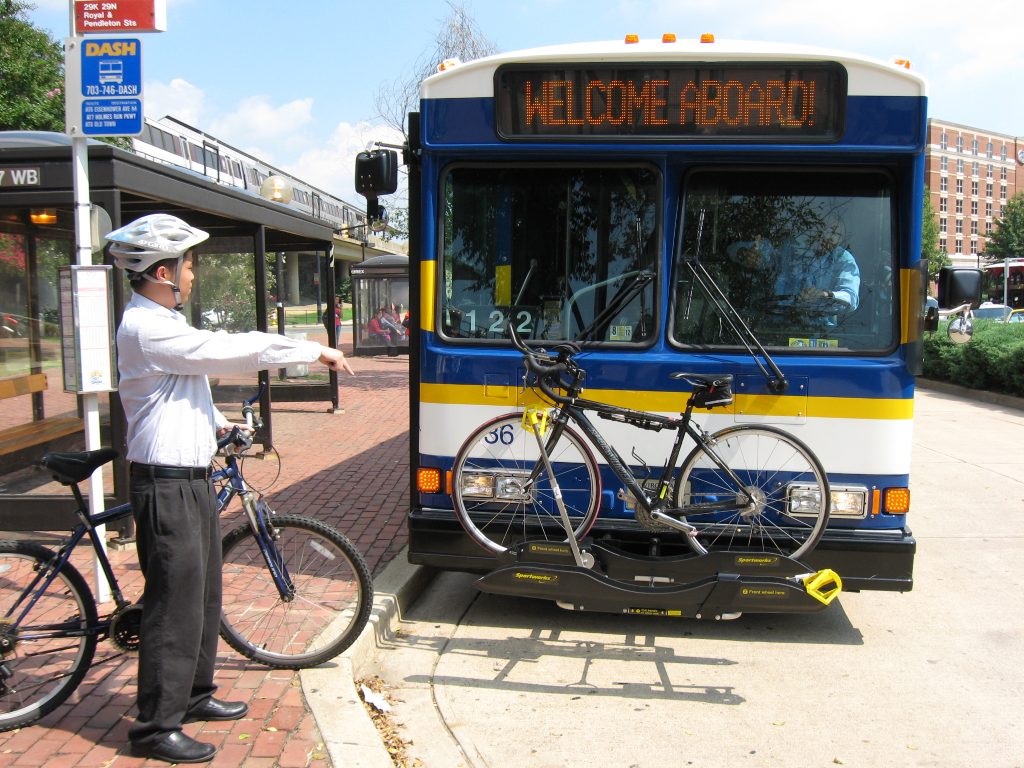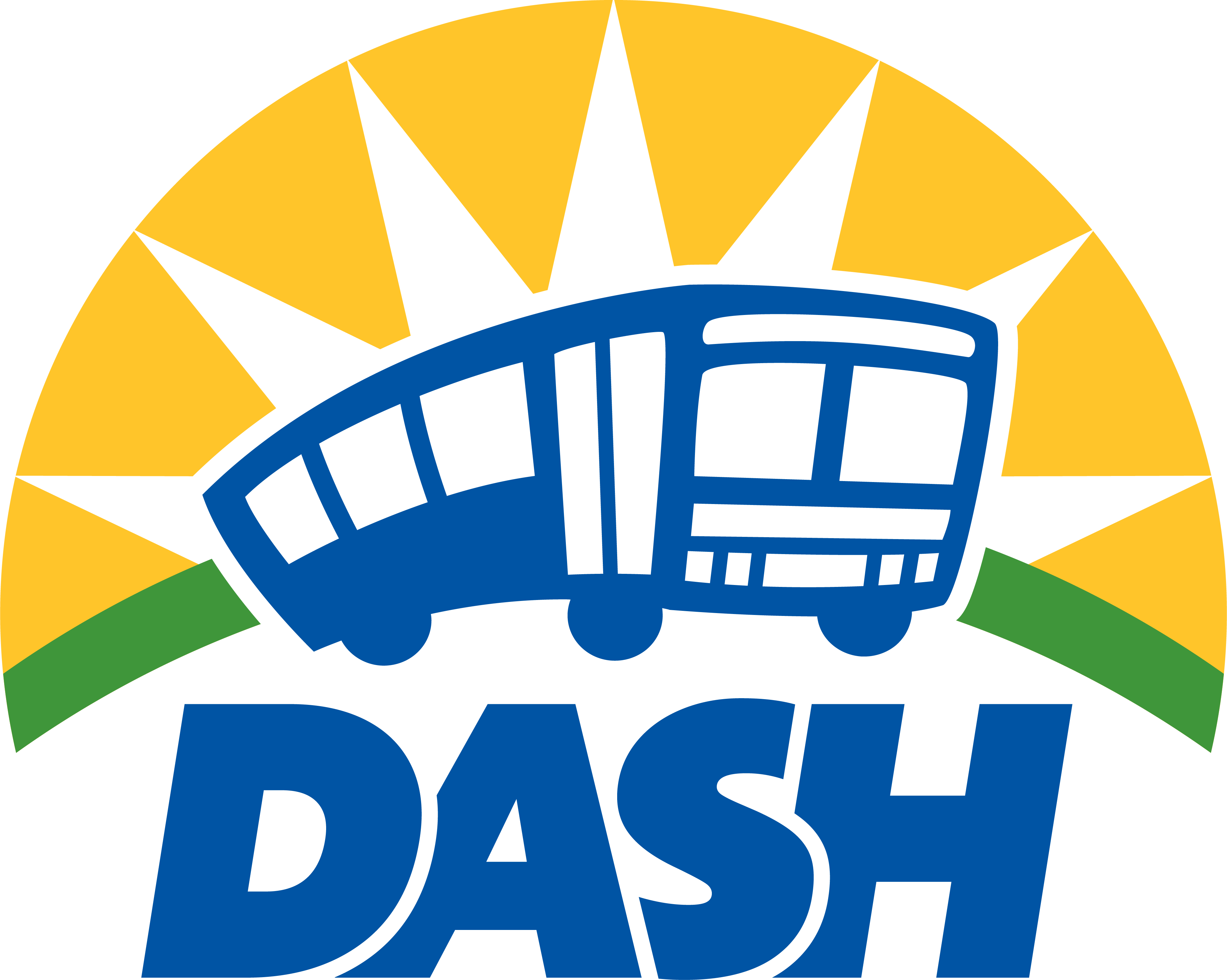Service Alerts
Sign Up for Newsletter
@dashbus Twitter Updates
At DASH, we support multimodal transportation by empowering riders to travel and make their trips with bikes. That’s why all DASH buses and King Street Trolleys are equipped with bike racks.
DASH partnered with Alexandria City Councilmember Sarah Bagley to create an instructional video to assist riders with properly loading bikes onto DASH buses and King Street Trolleys.
Always wait for the bus to come to a complete stop!

You can take it with you! A folding bike is compact enough to bring inside buses and trolleys.
GO Alex is a department within the government of the City of Alexandria that connects residents to mobility resources and encourages alternatives to single-occupant vehicles, including scooters, bikes and public transit.
Vision Zero is a safety concept embraced by the City of Alexandria and communities around the world. The goal of Vision Zero is to create transportation systems with zero deaths and injuries. Vision Zero programs and policies allow communities to re-think traffic safety and achieve safer transportation systems for everyone.
